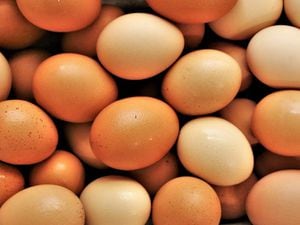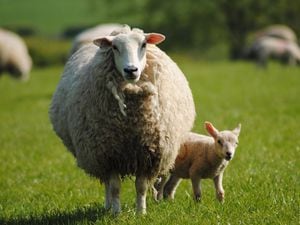Join the crusade against this cow disease
Farmers are being encouraged to get control plans in place for Johne’s disease in their herds to avoid loss within the herd.

Milk buyers are also joining the crusade by taking a tough approach on those farmers who fail to commit to Johne’s control plans by ending their contracts.
Farmers who commit to a control strategy will have this confirmed in a document signed by a vet who is accredited by the British Cattle Veterinary Association. This document can then be passed on to the milk buyer to ensure contract specifications are met.
Johne’s is a chronic progressive intestinal disease caused by the infection with Mycobacterium avium subspecies paratuberculosis (MAP). It can have a significant impact on the technical performance of the cow, affecting productivity and fertility.
Animals are usually infected as calves with approximately 80 per cent of infections occurring within the first month of life. Infection is mainly, but not only, caused by ingesting faeces, often from contaminated bedding, udders, teats, buckets or from colostrum and milk.
Much less commonly the disease can be contracted in the womb or later in life. It is reported that Johne’s test positive cows are twice as likely to have a cell count of over 200,000 cells/ml and are twice as likely to have milk yields 25 per cent below their adjusted herd average.
By October 31 all farmers supplying purchasing members of the National Johne’s Management Plan will need to have undertaken an assessment of their risks and herd status and put a written Johne’s disease management plan in place along with a co-signed declaration of compliance with their BCVA Johne’s accredited vet.
PHASE II of the National Action Group on Johne’s seeks to manage and reduce the incidence of Johne’s disease on farms through implementing one of the six strategies agreed by the NJMP group and monitored on each farm by BCVA accredited vets.
Quarterly testing of Johne’s is suitable for herds of moderate to high prevalence who are not able to dedicate the resources or have the facilities required for Improved Farm Management on all calving cows.
Frequent testing allows the creation of a low-risk group which are managed normally and a high-risk group of cows which are separated at drying off into a dedicated segregation area to prevent contamination.
It should be noted that Johne’s disease testing using milk and blood samples should not be carried out until at least 45 days after a TB test.
With CIS Johne’s quarterly testing, results are available to be reviewed on the CIS website, and results are integrated into action lists, enabling you to make informed decisions about your current and future herd health and performance.
CIS CHeCS monitoring service for Johnes includes:
• CIS CHeCS monitoring service for generating results
• Vet support to oversee results
• Web page to review results and vet comments against the herd or individual animals
• Quarterly whole herd testing service
• Access results through CIS Your Herd
The Cattle Information Service offer a range of services providing data to make informed decisions about current and future herd performance, operating a state of the art accredited laboratory in Telford.
Bernadette Crayston is Cattle Information Service area manager for Shropshire, Midlands





